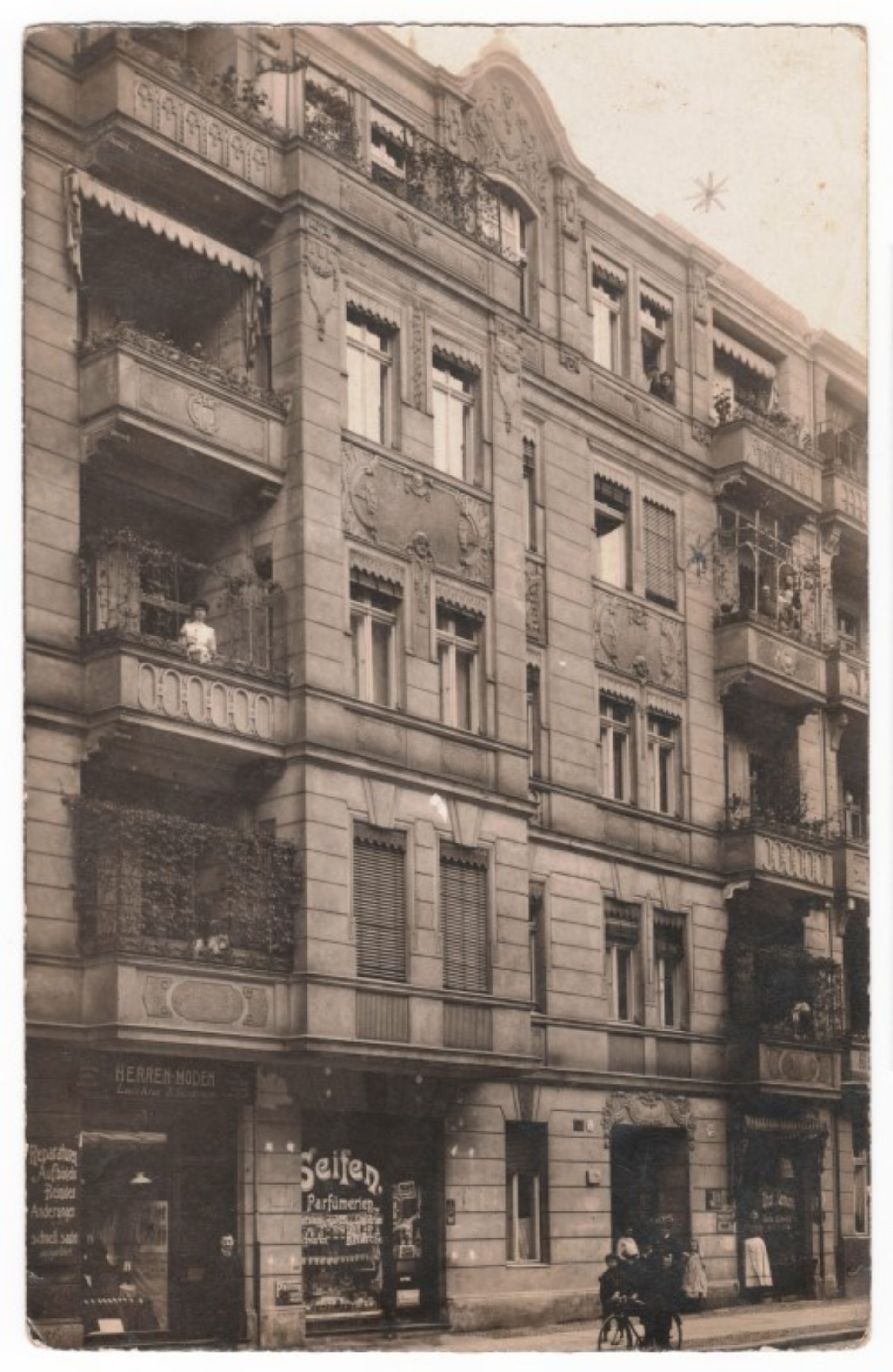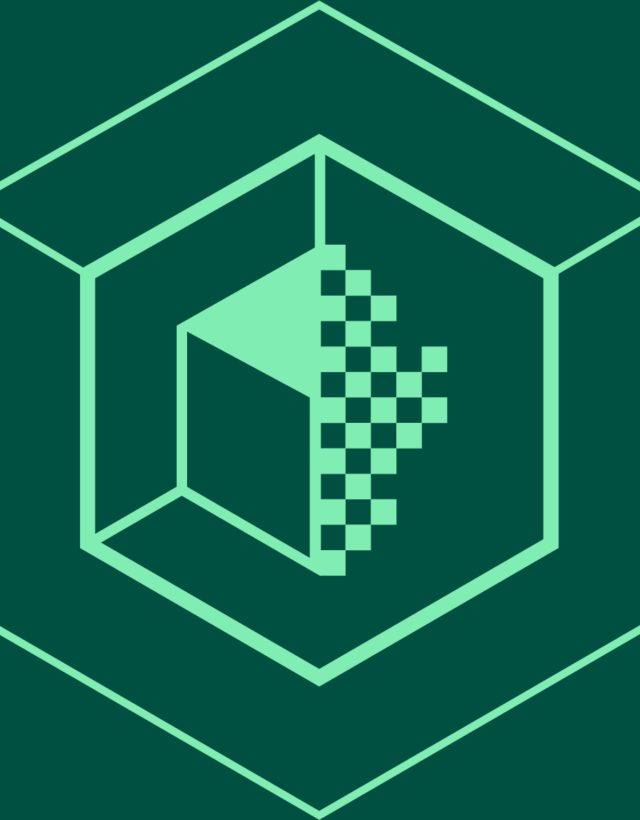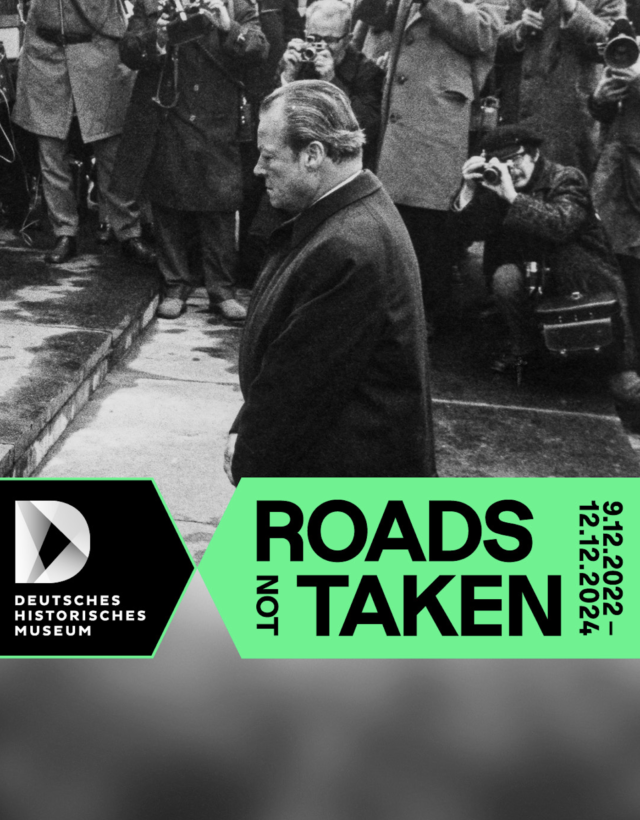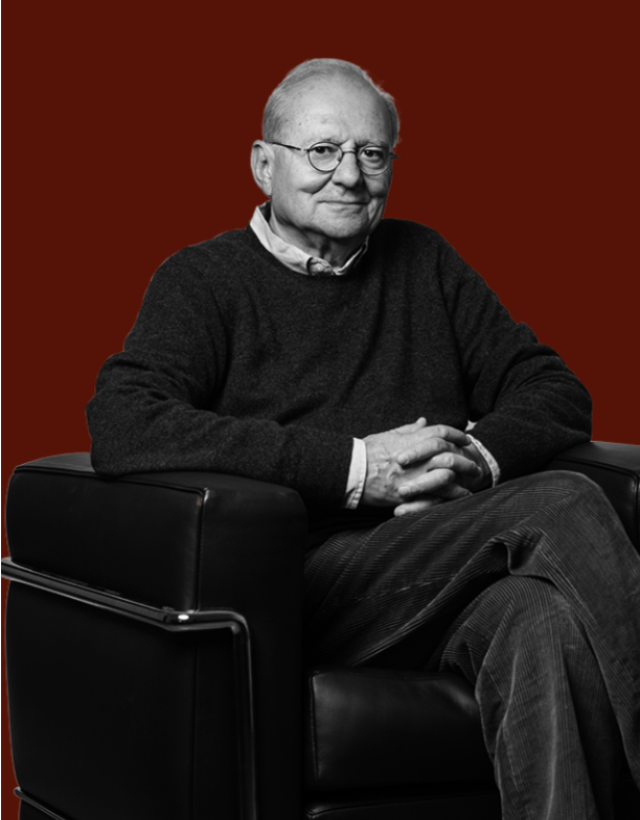On April 30, 1939, the Nazi regime enacted the “Law Concerning Jewish Tenants”, which effectively removed all rights and housing security of Jewish tenants and landlords. The law laid the legal foundations for antisemitic segregation, concentrating Jews into so-called Judenhäuser (Jewish houses), dispossessing Jewish property and, ultimately, facilitating the deportation of Berlin’s 50,000 Jews to ghettos, death camps and killing sites. Despite their significance to a systematic understanding of the Shoah, little is known about the Judenhäuser, both in Berlin and elsewhere in the German Reich. The topic of Judenhäuser has attracted barely any attention in academic research. Many basic questions regarding the reality of Jewish housing remain unanswered.
To close this central research gap, the history of the Judenhäuser in Berlin will be explored in depth, both qualitatively and quantitatively, through focused archival research conducted in a combined effort by qualified historians and local volunteers. The objective of the research is developing a source-based account of the structural elements of the Judenhäuser. It’s expected to yield quantitative information on the relocations and successive concentration of Jews in specific buildings and possibly streets, neighbourhoods and districts.
A newly designed digital tool (crowdCuratio) will provide the participants with an online space in which information can be shared, accessed, and organized, and which will enable the creation of a digital exhibition by means of a democratic and cooperative process. This digital exhibition will be complemented by creative on-site interventions, e.g. temporary exhibitions, and happenings as well as scholarly publications, making this project a vital contribution to a living, democratic and accessible culture of remembrance in the public space.

More on the so called “Judenhäuser” on the Website of the Aktives Museum.
The Aktives Museum is not a museum in the traditional sense. Rather, it is an open forum and workshop for anyone interested in dealing with the history of Nazism, the social conditions which fostered it and the repercussions it continues to have today. It enables such inquiry to be channeled into a range of formats, such as exhibitions, publications, talks and commemorative events.


